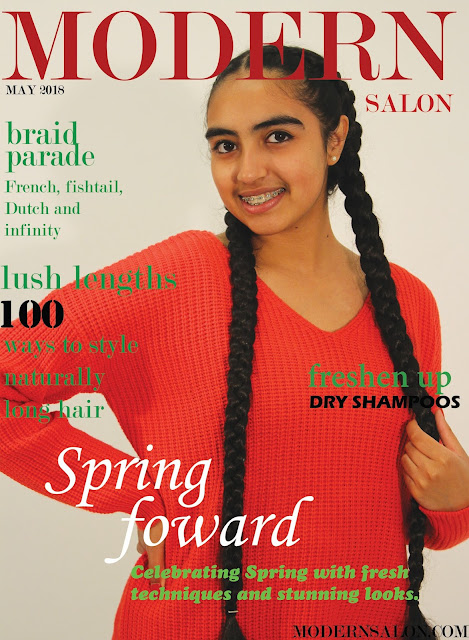Men's Health - Industries case study blog tasks
Hearst publishing 1) Hearst Communications , often referred to simply as Hearst, is an American mass media and business information conglomerate based in New York City, New York. 2) M edia industries and brands that make up the Hearst Communications conglomerate are-a wide variety of newspapers, magazines, television channels, and television stations, including the San Francisco Chronicle, the Houston Chronicle, Cosmopolitan, Esquire, 50% of broadcasting firm A&E Networks , and 20% of the sports broadcaster ESPN—the last two both co-owned with The Walt Disney Company. Also, " Hearst UK publishes 21 brands including ELLE, Harper’s Bazaar, Cosmopolitan and Good Housekeeping" 3) The global revenue for Hearst Communications (in dollars) for the most recent year on record is US$ 10.8 billion (2016). 4)" Hearst UK publishes 21 brands including ELLE, Harper’s Bazaar, Cosmopolitan and Good Housekeeping. Our brands reach over one in three UK women and one in

